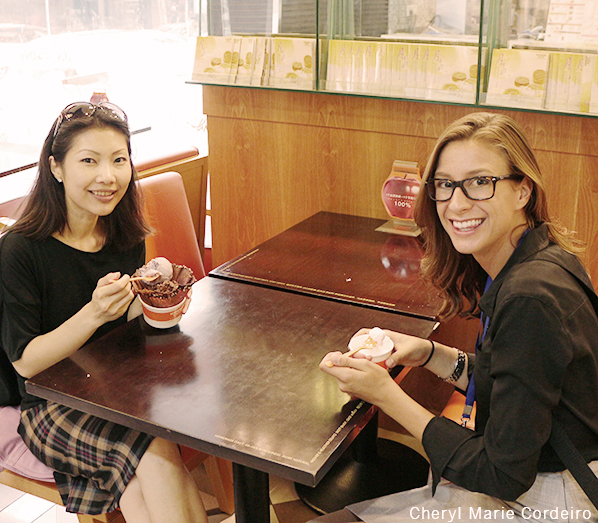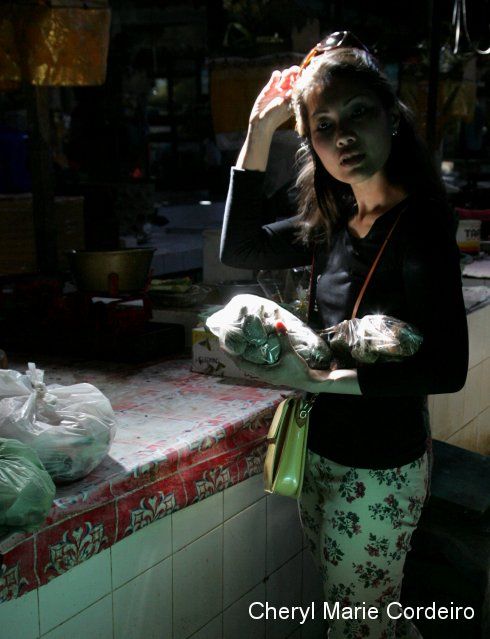Dr. Cheryl Marie Cordeiro, speaking about 18th century trade relations between Sweden and China at the China Goes Global (CGG) 2014 conference held at the Shanghai Jiaotong University, China.
Text & Photo © E Dijk, JE Nilsson, CM Cordeiro 2014
The 8th international conference of China Goes Global, organised by the Chinese Globalization Association took place for the first time this year in Shanghai, China. Co-hosted by the Institute of Chinese Enterprises Development at the Antai College of Economics and Management of the Shanghai Jiaotong University (SJTU) and KEDGE Business School (France), it was there that I was given the opportunity to speak some about Sweden’s trade relations with China during the 1700s.
In the process of doing some literature review for the presentation, I found myself thoroughly enjoying Robert Crowcroft’s (2012) article entitled, Globalisation and Public Language, where readers are left with a sense of seething irritation at the ubiquitous yet careless use of the word ’globalisation’ and its concept, the contention being that both academics and politicians alike have failed to disentangle the various meanings of the word ’globalisation’, and how can that be when not a day goes by in public discourse that the word is not used? Continue reading ”China Goes Global 2014. Distinguishing between international and global societies, valuing many systems within one system of global trade: the case of Sweden and China in the 1700s.”














